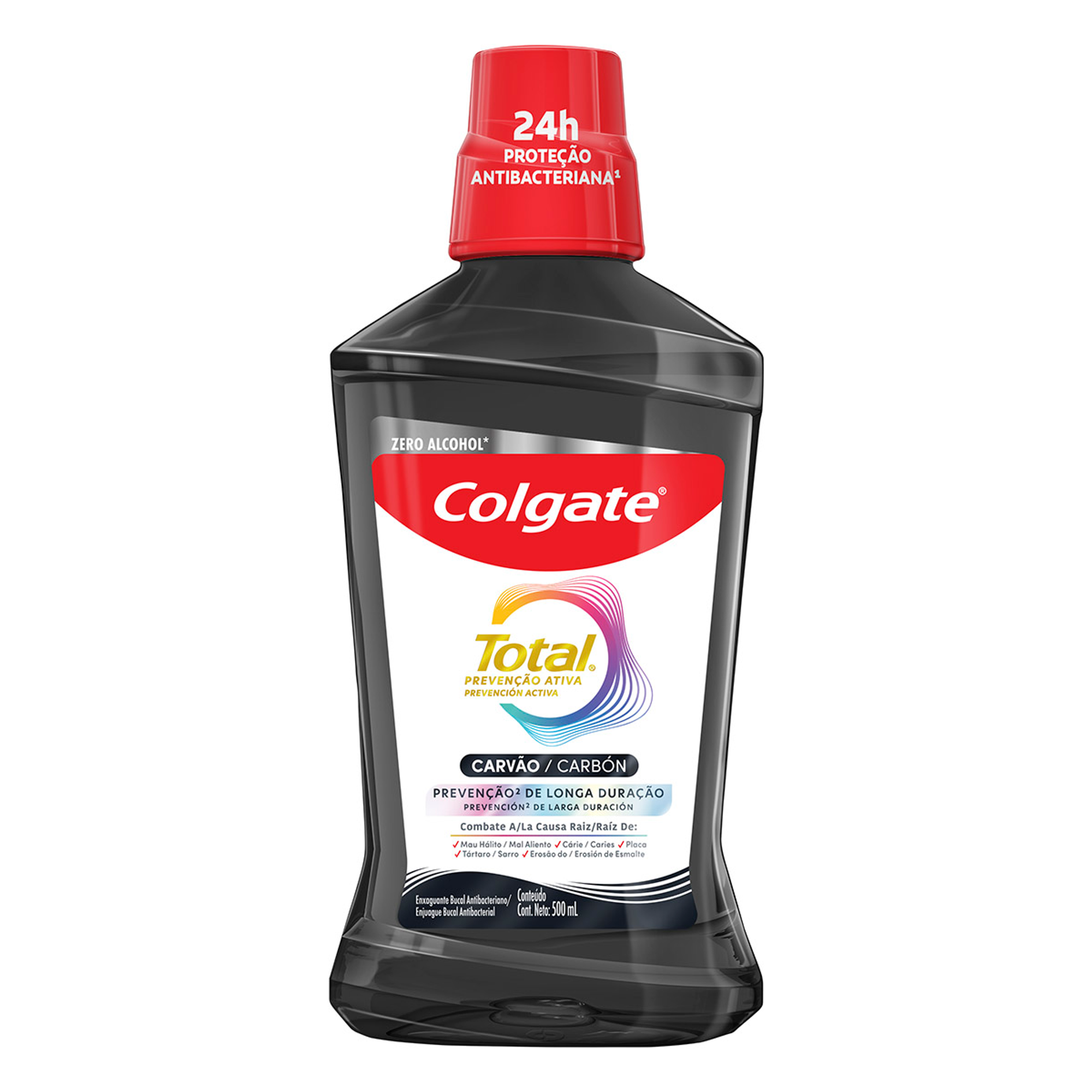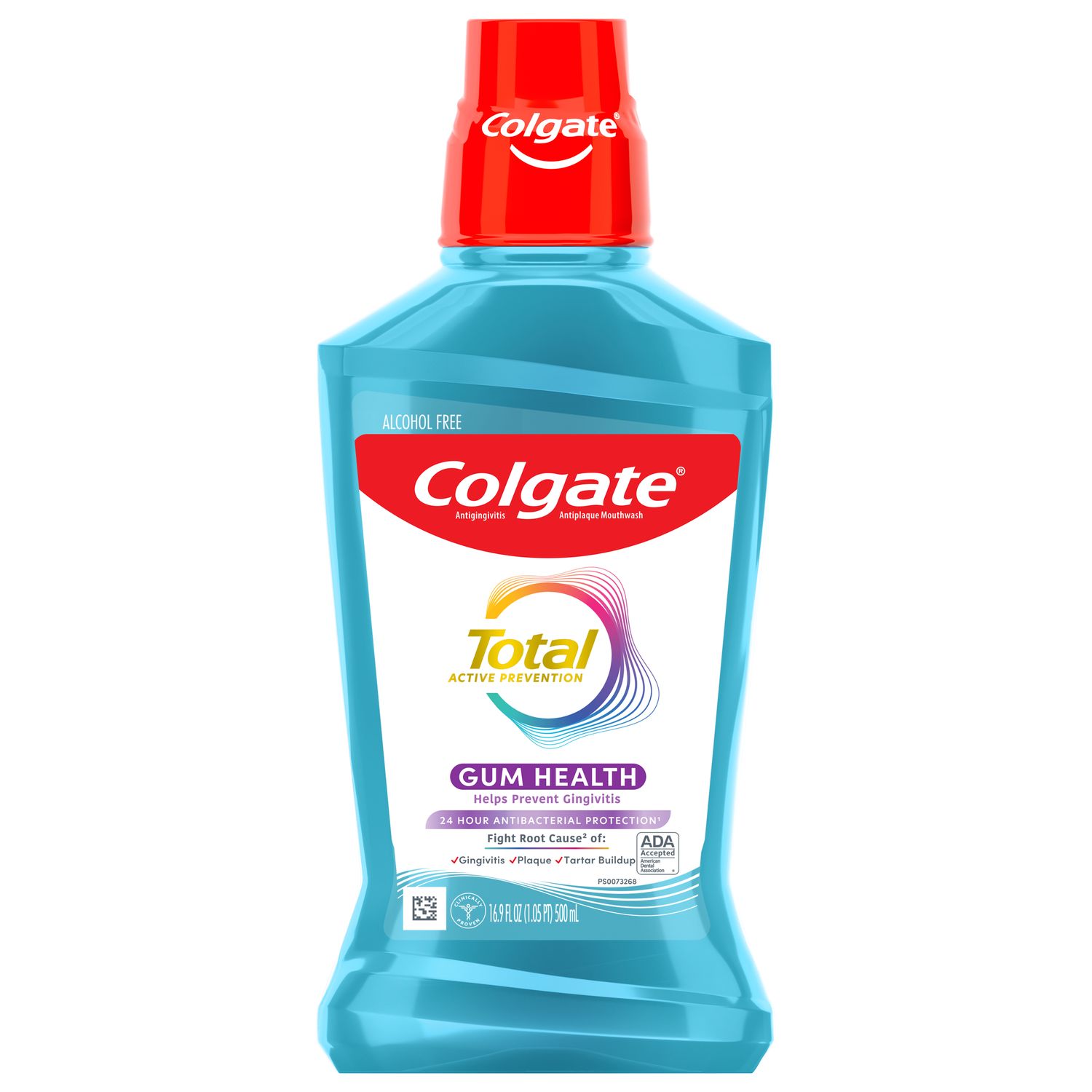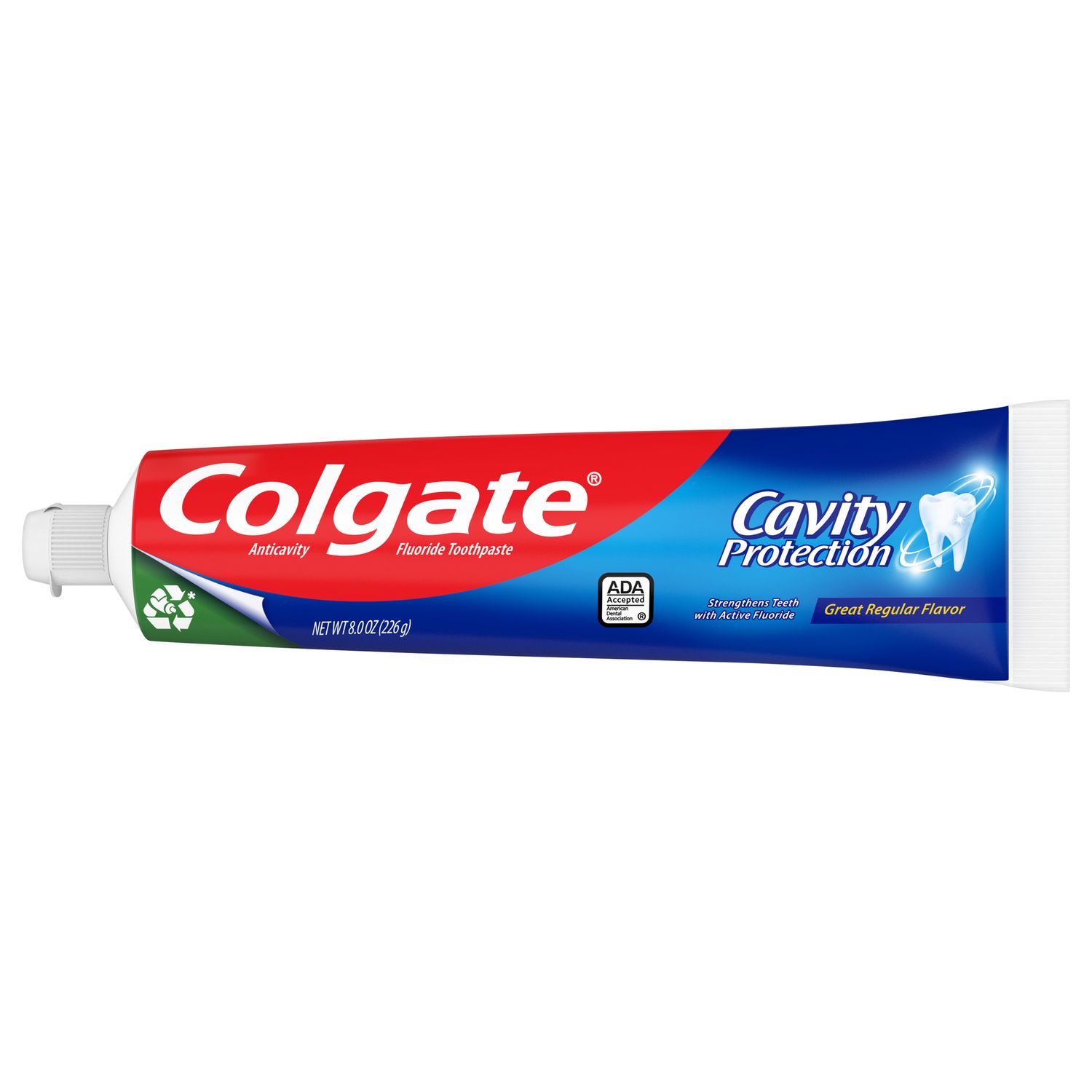-
-

FLUORIDE
What Is Stannous Fluoride Toothpaste?Discover what is Stannous Fluoride Toothpaste and its importance to prevent cavities and other oral health problems.

TEETH WHITENING
Whitening toothpaste - hydrogen peroxide vs. carbamide peroxideIf you lose one or more of your front teeth due to injury or decay, you may feel ...
-
Science & InnovationOral Health Commitment
- Oral Health Commitment
- Bright Smiles, Bright Futures
- Educational Resources
- Mobile Dental Van
- Volunteer
- ORAL HEALTH CHECK
- PRODUCT MATCH
- Oral Health and Dental Care | Colgate®
- Oral Health
- Is Erythroplakia A Red Flag For Oral Cancer?


If you find an irritated patch on your tongue, it's tempting to ignore it and hope that it gets better on its own. But if you can't attribute this irritated patch to a specific cause like a burn, abrasion, or trauma, then your condition warrants a trip to the dentist to figure out if it's a sign of something dangerous. Any such oral lesions need to be investigated in case they're a red flag for a precancerous condition. Possible oral lesions include erythroplakia, leukoplakia, or erythroleukoplakia. It's natural to feel overwhelmed, but we're here to guide you through the process. Remember, by not ignoring the red flag, you will help reduce your chances of developing oral cancer.
Definition
According to the American Cancer Society, erythroplakia, leukoplakia, and erythroleukoplakia are terms that describe tissue changes in the mouth.
Erythroplakia. This is a red patch that can be both flat or slightly raised. When scraped, it bleeds easily.
Leukoplakia. This is a white or gray patch.
Erythroleukoplakia. A combination of leukoplakia and erythroplakia, it has both red and white areas.
Causes and Risk Factors
Erythroplakia can be caused by habits like tobacco use or heavy drinking, long-term trauma to oral tissues, or even from aging. While anyone can develop this condition, the risk of cancer increases with age. So, most cases are seen in people over 40 who also exhibit the risk factors discussed above.
Detection
Oral lesions like erythroplakia may initially be painless, but their red appearance warrants further evaluation. So regular examinations of your mouth are critical for early detection.
A dental professional can perform a thorough soft tissue and head and neck exam to detect possible lesions. Research from Jefferson University Hospitals has found that erythroplakia is generally seen on the tongue or the mouth floor. You can also find lesions in the back of the throat and just behind the last molars.
Any areas of suspicion will be examined closely with palpation, gauze, and light and mirrors.
Treatment for Erythroplakia
According to the Oral Cancer Foundation, "verifying the premalignant status of an oral lesion requires a biopsy." Your dental professional or oral surgeon will remove tissue from the area to be sent to a pathology lab for diagnosis. If the results indicate that you have cancer, you will be referred to a specialist for the complete removal of the lesion and the surrounding tissue. If the results suggest that the patch is precancerous, removal or excision may still be recommended.
Taking care of your oral health should include regular dental visits and medical check-ups and practicing good oral hygiene. By paying close attention to your mouth, you can identify possible red flags and reduce oral cancer chances.
This article is intended to promote understanding of and knowledge about general oral health topics. It is not intended to be a substitute for professional advice, diagnosis or treatment. Always seek the advice of your dentist or other qualified healthcare provider with any questions you may have regarding a medical condition or treatment.
Related Articles

Cancer
What Causes A Swollen Gum Around One Tooth?It's common to suddenly spot something you didn't notice before. How, for example, could a swollen gum around one tooth form? Here are three explanations.

Cancer
What Is a Melanotic Macule?A dark area on the lips could be a melanotic macule, which is noncancerous hyperpigmentation of a mucous membrane. Learn more this common oral condition.

Cancer
What a Lump on the Jawline Could IndicateSwellings of the mouth or a lump on the jawline can indicate many different conditions and have many different symptoms. Why wait? Learn more now.

Cancer
Is Indemnity Dental Insurance Right For You?Dental insurance helps you pay for the oral care your family needs. Here's how indemnity dental insurance works and how it differs from other options.
Related Products

Esse enxaguante bucal multibenefício Colgate Total 12 Carvão Ativado apoia as defesas naturais da sua boca com o zinco. Ele também ajuda a manter os dentes mais brancos, além de combater germes e bactérias para uma limpeza total por até 12 horas.

Colgate Total Alcohol Free* Gum Health Mouthwash delivers 24-hour protection** against bacteria and also helps prevent gum problems

Colgate Total Fresh Mint Toothpaste fights bacteria, the root cause of many oral health issues such as gingivitis, tartar, sensitivity, weak enamel, bad breath, and cavities.

Formulated with Fluoride and with a great mint taste, Colgate Cavity Protection Toothpaste cleans thoroughly, strengthens teeth, and fights cavities.

Helping dental professionals
More professionals across the world trust Colgate. Find resources, products, and information to give your patients a healthier future




